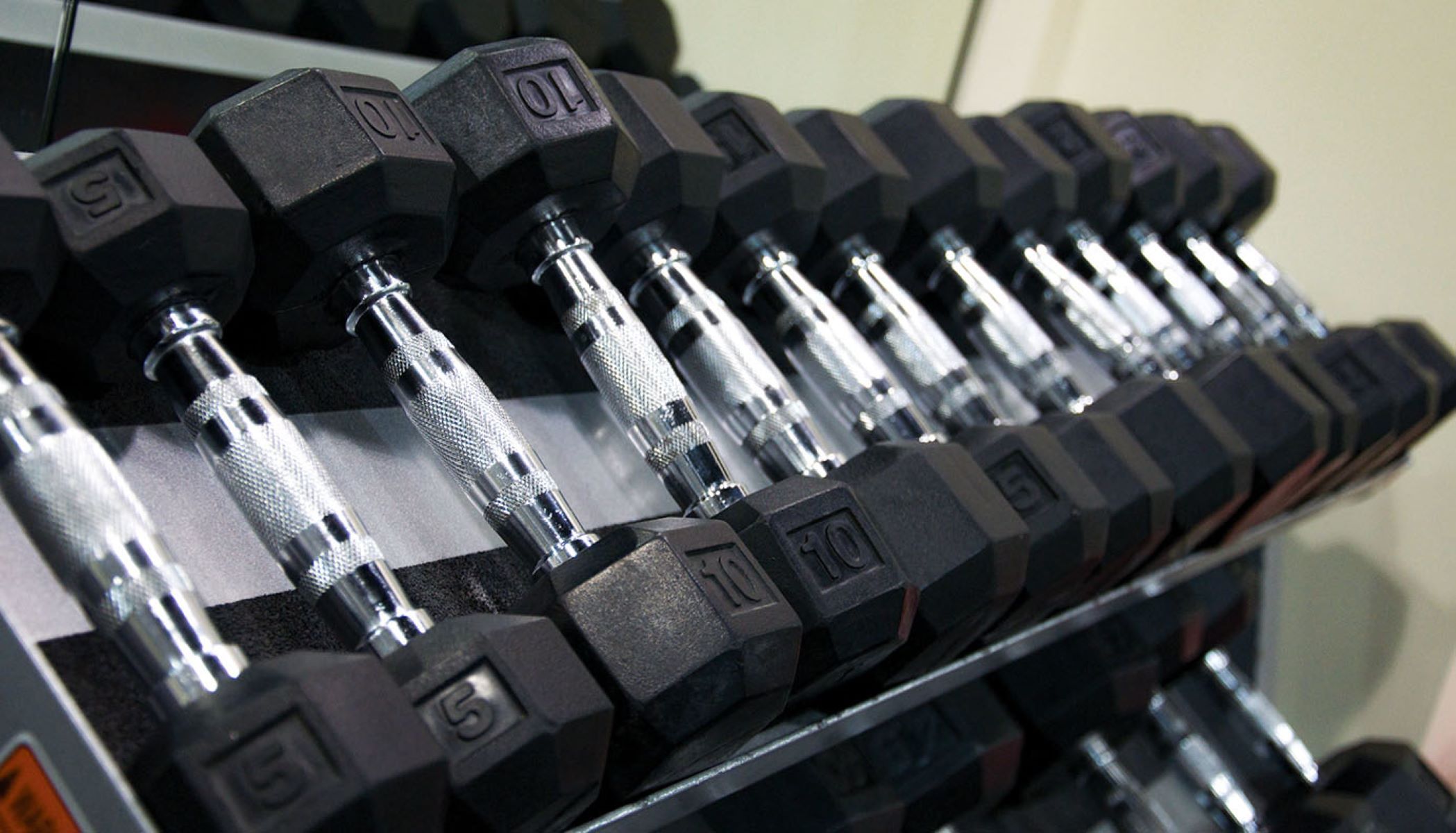

Articles
How To Store Weights
Modified: January 20, 2024
Learn the most effective techniques for storing weights and keeping your articles organized and accessible. Find out how to create a clutter-free space with these helpful tips.
(Many of the links in this article redirect to a specific reviewed product. Your purchase of these products through affiliate links helps to generate commission for Storables.com, at no extra cost. Learn more)
Introduction
When it comes to weight training, having a well-organized and efficient system for storing your weights is paramount. Not only does proper weight storage prolong the lifespan of your equipment, but it also ensures a safe and clutter-free workout environment. Whether you have a home gym or a commercial fitness facility, implementing effective weight storage solutions is essential for maintaining an organized space and optimizing your training sessions.
In this article, we will explore various methods and tips for storing weights efficiently. From determining the appropriate storage space to utilizing shelves, racks, and bins, we will provide you with practical ideas to keep your weights organized and easily accessible. So, let’s dive in and discover how to store weights effectively!
Key Takeaways:
- Organize weights by category and store on stable surfaces to create an efficient and safe workout environment. Utilize shelving, wall-mounted options, and storage bins for a clutter-free and visually appealing space.
- Mindful handling, regular maintenance, and cleaning are essential for prolonging the lifespan of weights and ensuring a hygienic workout environment. Follow manufacturer guidelines and store weights in a dry area to maintain optimal condition.
Read more: How To Store Weighted Blanket
Determine the Appropriate Storage Space
Before diving into the various storage options available, it is important to first determine the suitable storage space for your weights. Consider the following factors:
- Space Availability: Evaluate the available space in your gym or workout area. Measure the dimensions and take note of any obstacles or limitations that might affect your storage options.
- Weight Capacity: Assess the weight capacity of the floor or wall where you plan to store your weights. Different storage solutions have varying weight limits, so ensure that your chosen option can handle the weight of your equipment.
- User Accessibility: Consider who will be using the weights and how often they will need access. If you have multiple individuals using the equipment, it is important to choose a storage solution that allows easy access for everyone.
Once you have evaluated these factors, you can move on to selecting the most appropriate storage options for your weights.
Organize by Weight Category
One of the most effective ways to store your weights is by organizing them according to weight category. This not only helps in maintaining a neat and structured space but also makes it easy to locate and retrieve the desired weight for your workout. Here’s how you can organize your weights by weight category:
- Group Similar Weights: Start by grouping weights of the same size or weight together. For example, have a designated area for all your dumbbells, kettlebells, or weight plates.
- Label or Color Code: Consider labeling or color coding each weight category. This can be done through labels, stickers, or colored tape. This makes it visually easier to identify and grab the weights you need.
- Divided Storage Bins: Invest in storage bins or containers with dividers. Use these to separate different weight categories within the same bin. This helps in keeping the weights organized and prevents them from getting tangled or misplaced.
- Keep Heavy Weights at the Bottom: If you have a storage rack or shelves, store the heavier weights at the bottom. This ensures stability and minimizes the risk of accidents or injuries.
By organizing your weights based on weight category, you not only create an organized space but also make it more convenient to find and access the specific weights you need for your workouts. It saves you time and energy, allowing you to focus on your training.
Store on a Stable Surface
When it comes to storing weights, it is crucial to choose a stable surface that can support the weight and prevent any potential accidents or damage. Here are some tips for storing weights on a stable surface:
- Consider Flooring: Evaluate the flooring in your gym or workout area. Opt for a sturdy and durable flooring that can handle the weight of the equipment. Concrete, rubber flooring, or heavy-duty mats are ideal choices.
- Level the Surface: Ensure that the surface where you plan to store your weights is level. Uneven surfaces can lead to instability and potential accidents. Use shims or leveling tools to create a flat surface if needed.
- Use Weight Plates: Place weight plates on the bottom shelf or base of your storage rack to add stability and prevent it from tipping over. Depending on the design of your storage system, the weight plates can act as a counterbalance.
- Secure the Equipment: If you have free weights or equipment that can roll or move easily, use weight collars or clips to secure them in place. This prevents them from accidentally rolling off the storage surface or shifting during storage.
By storing your weights on a stable surface, you minimize the risk of accidents and damage to both your weights and the surrounding area. It ensures a safe and secure storage solution for your equipment.
Utilize Shelving or Racks
Shelving or racks are excellent storage solutions for weights, as they provide a dedicated space to keep your equipment organized and easily accessible. Here’s how you can effectively utilize shelving or racks for weight storage:
- Select Sturdy Shelving: Invest in shelves or racks that are specifically designed for storing weights. Look for options made from durable materials such as steel or heavy-duty plastic.
- Consider Weight Capacity: Ensure that the selected shelving or rack has a sufficient weight capacity to accommodate your weights. It should be able to withstand the combined weight of all the equipment placed on it without sagging or buckling.
- Adjustable Shelves: Opt for shelving units with adjustable shelves. This allows you to customize the spacing between shelves to accommodate different sizes of weights and maximize storage capacity.
- Create Dedicated Sections: Arrange the shelves or racks in a way that creates dedicated sections for different types of weights. For example, you can have a section for dumbbells, a section for kettlebells, and another section for weight plates.
- Utilize Vertical Space: Make use of vertical space by stacking weights on the shelves, starting from the heaviest at the bottom and progressing upwards. This helps to optimize space and keeps the weights within easy reach.
- Ensure Proper Weight Distribution: Distribute the weights evenly on the shelves or racks to maintain balance and stability. Avoid overloading one side or putting too much weight in one area of the storage unit.
By utilizing shelving or racks for weight storage, you can keep your equipment neatly organized, easily accessible, and visually pleasing. It maximizes space utilization and minimizes the risk of damage to your weights.
Store weights in a cool, dry place to prevent rust and corrosion. Keep them off the ground to avoid damage and maintain their shape. Use a rack or shelf to organize and keep them easily accessible.
Read more: How To Store A Weighted Blanket
Consider Wall-Mounted Options
If you have limited floor space or prefer a more streamlined look, wall-mounted options are a great choice for weight storage. Here are some considerations and ideas for utilizing wall-mounted options:
- Wall-Mounted Racks or Pegboards: Install wall-mounted racks or pegboards specifically designed for weight storage. These racks typically have hooks or pegs where you can hang your weights, keeping them off the ground and freeing up valuable floor space.
- Choose Sturdy Mounting Hardware: Ensure that the mounting hardware, such as anchors and screws, is appropriate for the weight and size of the equipment. Use a stud finder to locate wall studs for secure installation.
- Consider Customizable Options: Look for wall-mounted options that offer customization. This can include adjustable hooks or shelves that can accommodate various weight sizes and configurations.
- Arrange by Weight Category: Organize the wall-mounted storage system by weight category. For example, dedicate one section of the wall for dumbbells, another for weight plates, and so on. This makes it easy to locate and grab the appropriate weights.
- Utilize Vertical Space: Maximize vertical space by installing multiple levels or rows of hooks or shelves. This allows you to store more weights in a compact area while maintaining easy accessibility.
- Showcase and Decorate: Wall-mounted weight storage can also serve as a decorative element in your gym or workout area. Consider adding some personal touches, such as motivational quotes or artwork, to enhance the visual appeal.
Wall-mounted options not only save precious floor space but also provide a stylish and efficient way to store your weights. With proper installation and organization, they can transform your workout space into an organized and visually appealing environment.
Use Storage Bins or Baskets
Storage bins or baskets are versatile and practical options for organizing and storing weights. They offer a convenient solution for easily accessing and tidying up your equipment. Here are some tips for effectively using storage bins or baskets for weight storage:
- Choose Sturdy and Durable Containers: Look for storage bins or baskets that are made from durable materials like plastic or fabric. Ensure that they can handle the weight of the equipment without warping or breaking.
- Consider Size and Capacity: Select containers that are appropriate for the size and quantity of your weights. If you have different weight categories, choose bins that can accommodate the larger and heavier weights without overcrowding.
- Label or Color Code: Use labels or color-coding to clearly identify the contents of each storage bin or basket. This makes it easier to locate specific weights and maintain an organized system.
- Separate by Weight Category: Divide the storage bins or baskets based on weight categories. Allocate a separate bin or basket for each type of weight, such as dumbbells, kettlebells, or weight plates.
- Stackable Options: Opt for stackable storage bins to save space and make the most of vertical storage. This allows you to create multiple tiers of bins, keeping the weights neatly organized and easily accessible.
- Portable and Adjustable: If you have a home gym or frequently change your workout setup, consider using portable storage bins or baskets. Look for options with handles or wheels for easy transportation. Adjustable dividers within the bins can also be useful for customizing the storage space as needed.
Using storage bins or baskets for weight storage not only keeps your equipment organized but also provides a portable and flexible solution. They can be easily moved or rearranged to suit your changing needs, ensuring a clutter-free and efficient workout area.
Mindful Handling and Placement
Proper handling and placement of weights are essential for maintaining their longevity and ensuring a safe workout environment. Consider the following tips to handle and place your weights mindfully:
- Lift with Proper Form: When handling weights, always use proper lifting technique and form. This not only prevents injuries but also reduces the risk of dropping or damaging the equipment.
- Avoid Dropping Weights: Dropping weights can cause damage not only to the weights themselves but also to the surrounding flooring or equipment. Always lower weights with control and avoid dropping them from a height.
- Don’t Overload Storage Solutions: Be mindful of the weight limits specified for the storage solutions you are using. Overloading shelves, racks, or bins can lead to instability and potentially damage the storage unit or the weights themselves.
- Stack Plates with Care: When stacking weight plates, handle them with care to avoid unnecessary strain or potential accidents. If possible, use weight plate racks or holders to keep them organized and prevent them from rolling or falling.
- Store Long Bars Horizontally: If you have long weightlifting bars, it is best to store them horizontally on a designated barbell rack or holder. This helps maintain the shape and prevents unnecessary stress on the bar.
- Avoid Placing Weight Plates Directly on the Ground: Placing weight plates directly on the ground can cause damage to the plates and the flooring. Use weight plate trees or dedicated storage pegs to keep them off the ground and prevent potential accidents.
- Consider Protective Mats: If you are storing weights on the floor, use protective mats or flooring beneath them to prevent any scratches or damage to the weights or the surface they are placed on.
By handling and placing your weights mindfully, you not only protect your equipment and workout space but also ensure a safe and efficient workout experience.
Regular Maintenance and Cleaning
Regular maintenance and cleaning of your weights is crucial for their longevity and performance. By taking care of your equipment, you can ensure that they remain in good condition and safe to use. Here are some maintenance and cleaning tips to keep in mind:
- Inspect Regularly: Periodically inspect your weights for any signs of damage, such as cracks, chips, or loose parts. If you notice any issues, address them promptly to prevent further damage or potential accidents.
- Tighten Loose Ends: Check for loose screws, bolts, or collars on your weight equipment. Use the appropriate tools to tighten them securely, ensuring stability during your workouts.
- Wipe Down after Use: After your workout, take a few minutes to wipe down your weights with a clean, damp cloth. This removes sweat, oils, and dirt that can accumulate, preventing the growth of bacteria and the deterioration of the equipment.
- Disinfect Regularly: Especially in shared gym or fitness facilities, it is important to disinfect your weights regularly. Use a mild disinfectant spray or wipes to sanitize the surfaces, reducing the risk of germs or illnesses spreading.
- Store in a Dry Area: Moisture can lead to rust and corrosion, so it’s important to store your weights in a dry area. Avoid placing them in a damp or humid environment, and consider using moisture-absorbing products like silica gel packs to keep the area dry.
- Avoid Extreme Temperatures: Extreme temperatures can affect the integrity of your weight equipment. Avoid storing them in places that are subjected to direct sunlight or extreme cold, as it can cause warping or other damage.
- Follow Manufacturer Guidelines: Each type of weight equipment may have specific maintenance guidelines provided by the manufacturer. Familiarize yourself with these guidelines and follow them accordingly to ensure proper care and maintenance.
By regularly maintaining and cleaning your weights, you not only extend their lifespan but also create a hygienic and safe environment for your workouts.
Read more: How To Store Weight Plates
Conclusion
Proper weight storage is essential for maintaining an organized and safe workout space. By implementing effective storage solutions and practicing mindful handling, you can keep your weights in optimal condition and create a clutter-free environment. Here are some key takeaways to remember:
- Consider the appropriate storage space based on availability, weight capacity, and user accessibility.
- Organize your weights by weight category, using labels or color coding for easy identification.
- Store your weights on a stable surface, ensuring proper weight distribution and using weight plates for added stability.
- Utilize shelving or racks to create a dedicated space for your weights, considering weight capacity and adjustable options.
- Explore wall-mounted options for a space-saving and visually appealing weight storage solution.
- Use storage bins or baskets to separate and store weights by category, maximizing vertical space and portability.
- Handle and place your weights mindfully, using proper lifting techniques and avoiding dropping or overloading.
- Maintain your weights through regular inspections, cleaning, disinfecting, and following manufacturer guidelines.
By following these guidelines, you can optimize your weight storage system, prolong the lifespan of your equipment, and create a safe and efficient workout environment. So, take the time to organize, clean, and maintain your weights, and enjoy the benefits of a well-structured and clutter-free training space.
Frequently Asked Questions about How To Store Weights
Was this page helpful?
At Storables.com, we guarantee accurate and reliable information. Our content, validated by Expert Board Contributors, is crafted following stringent Editorial Policies. We're committed to providing you with well-researched, expert-backed insights for all your informational needs.
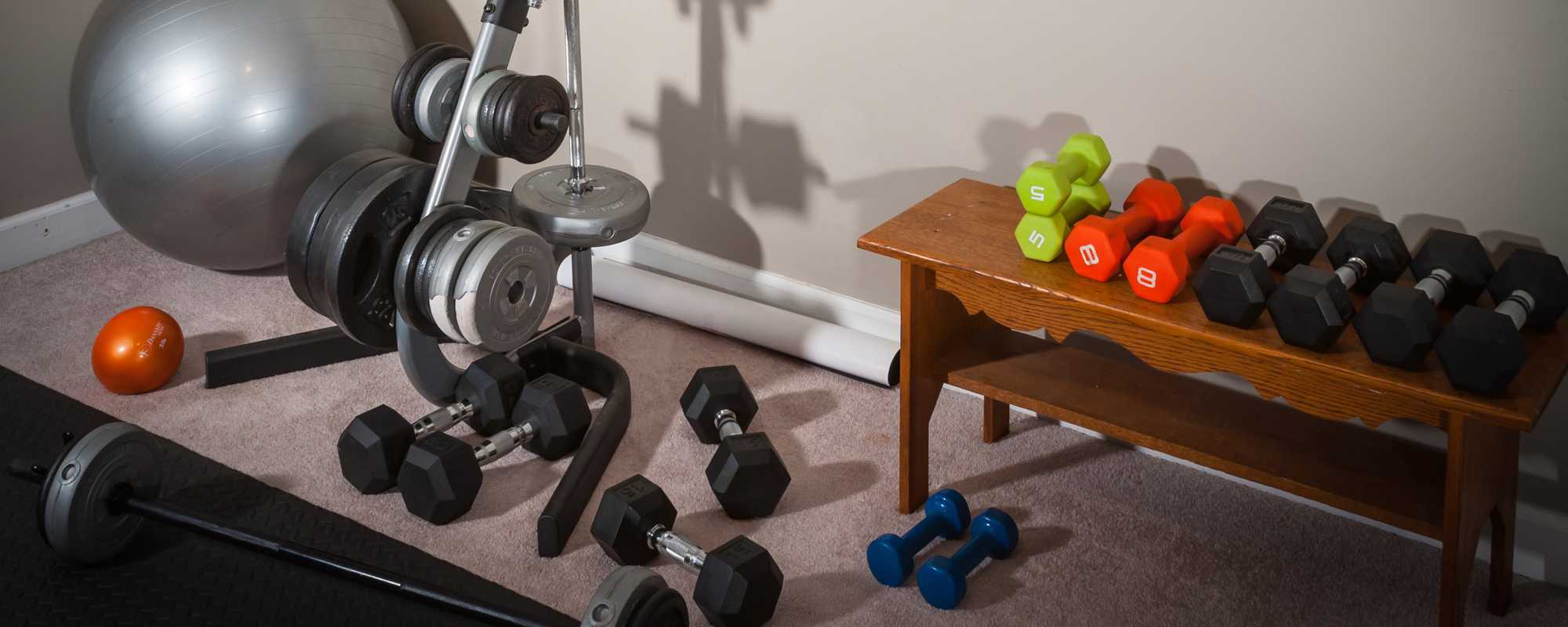
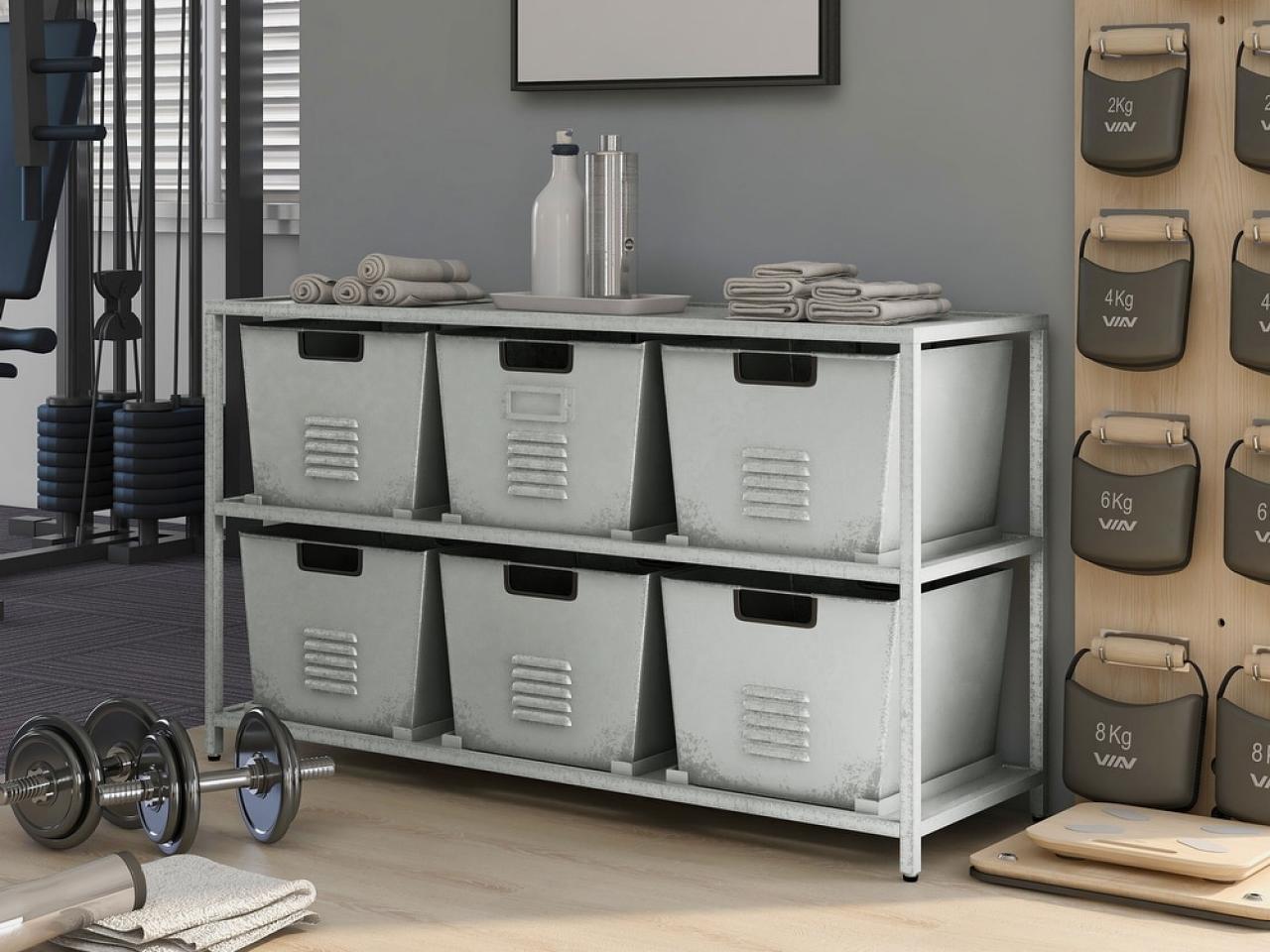

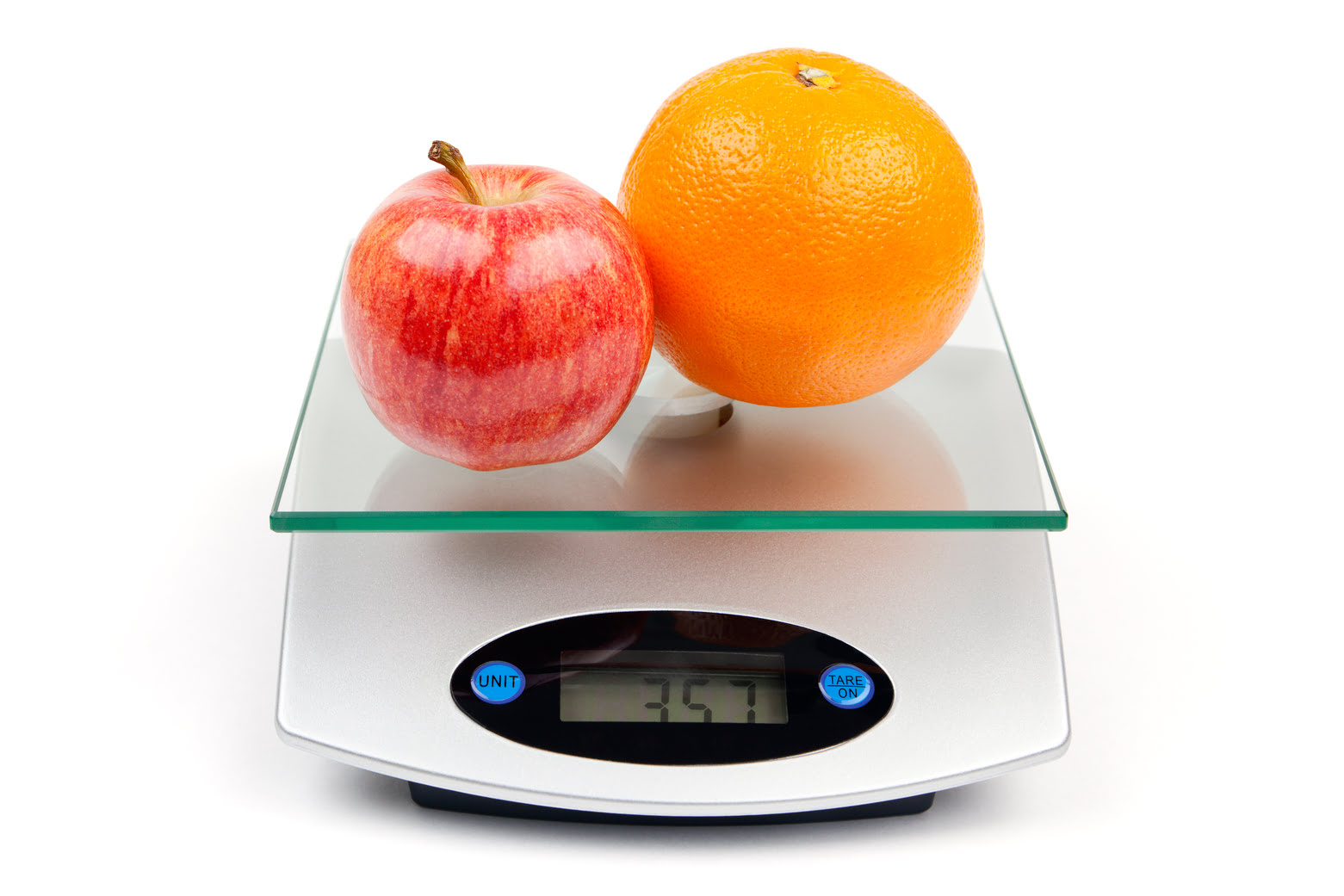
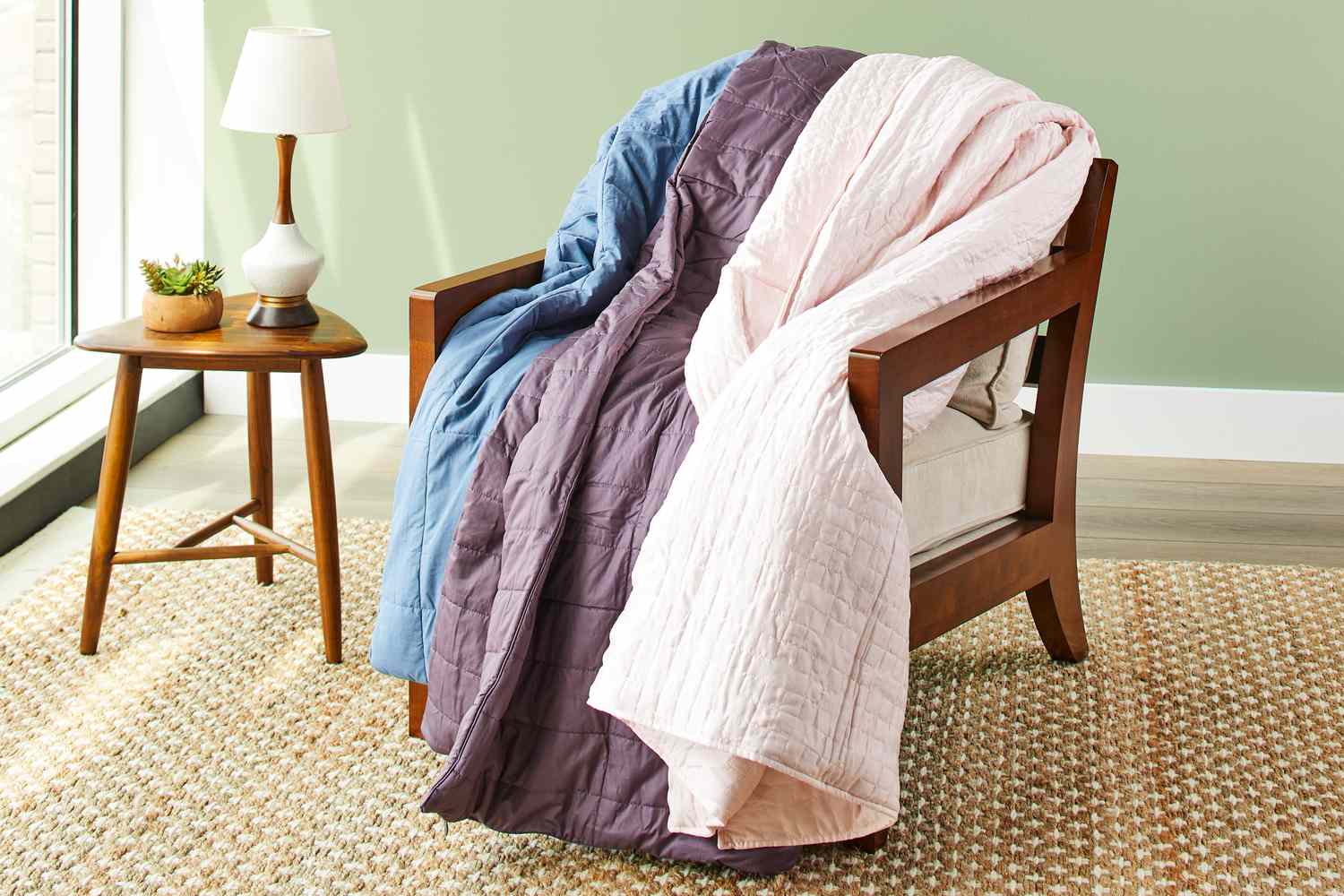


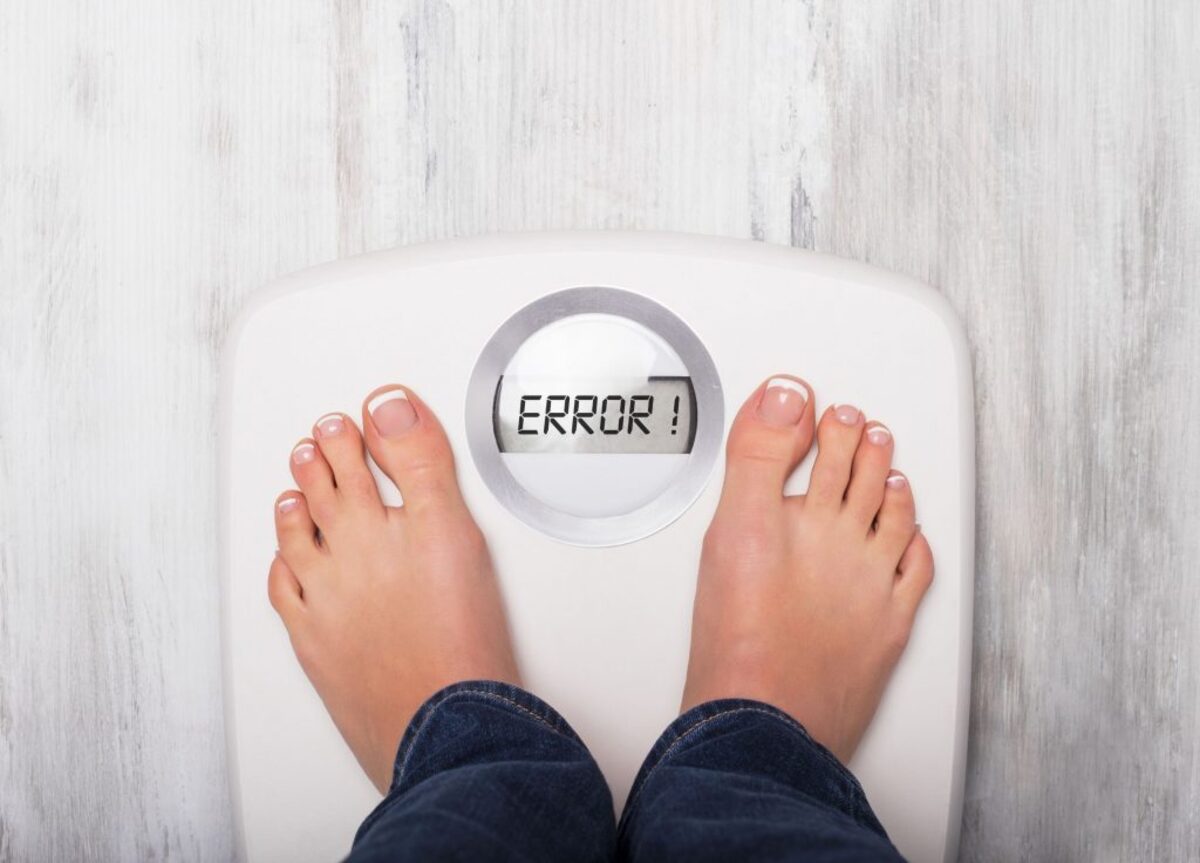
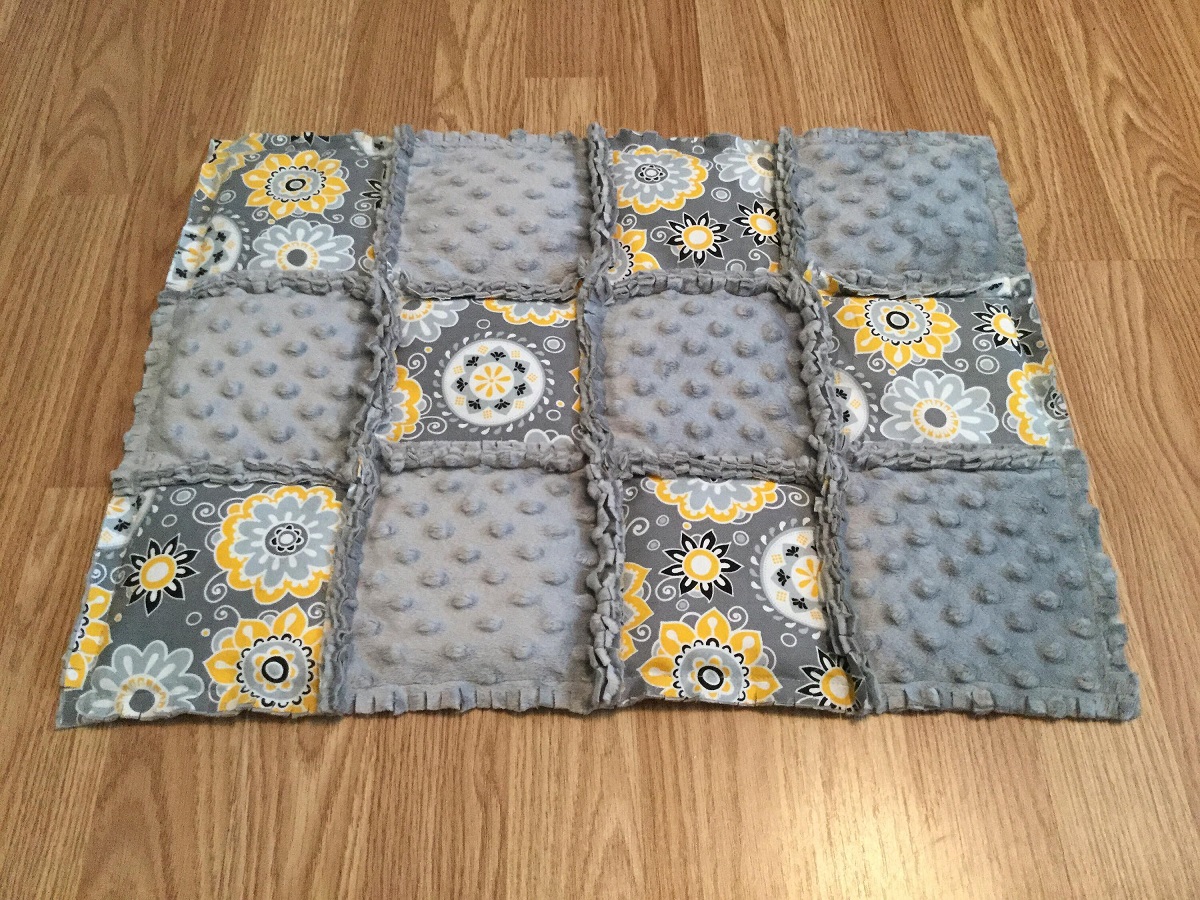

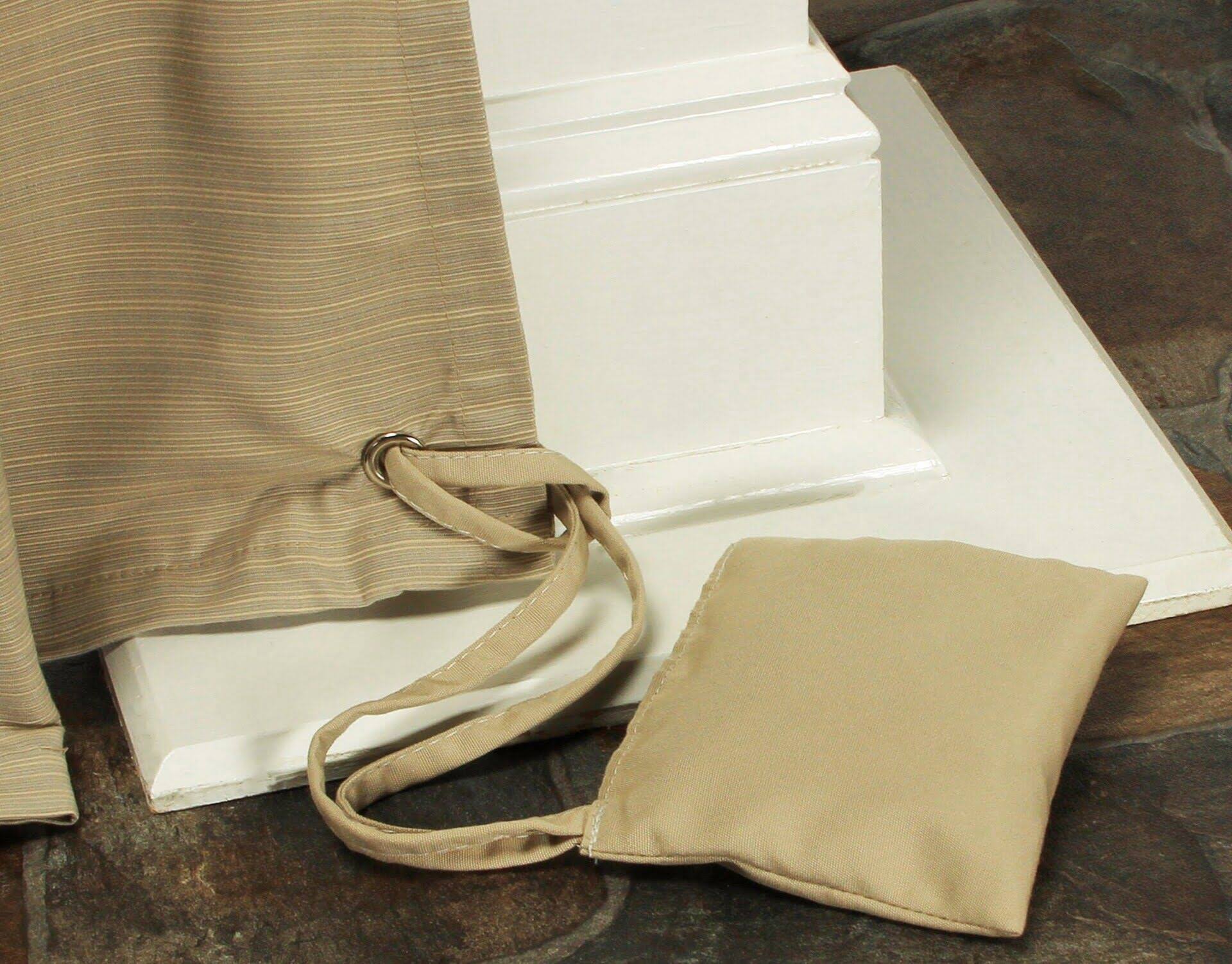
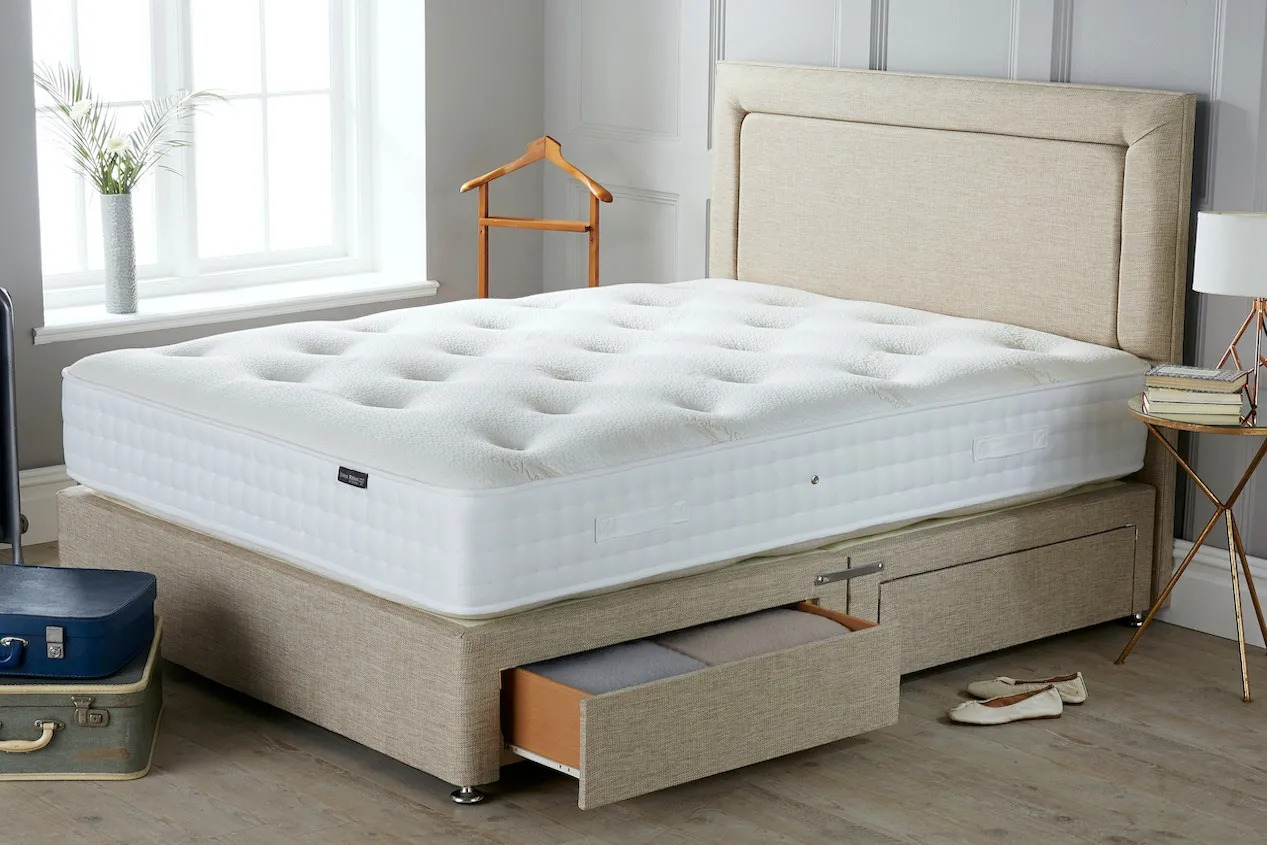
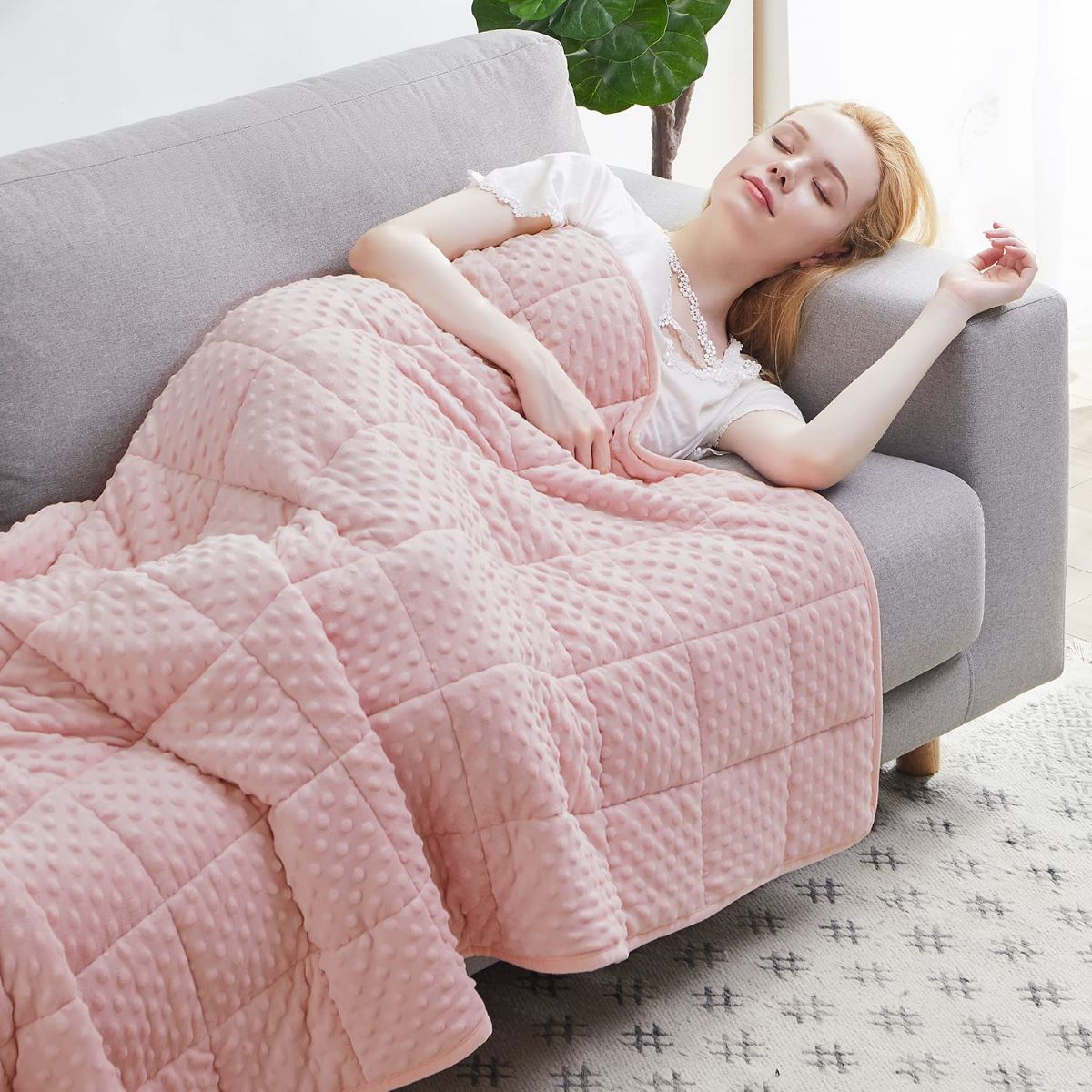

0 thoughts on “How To Store Weights”